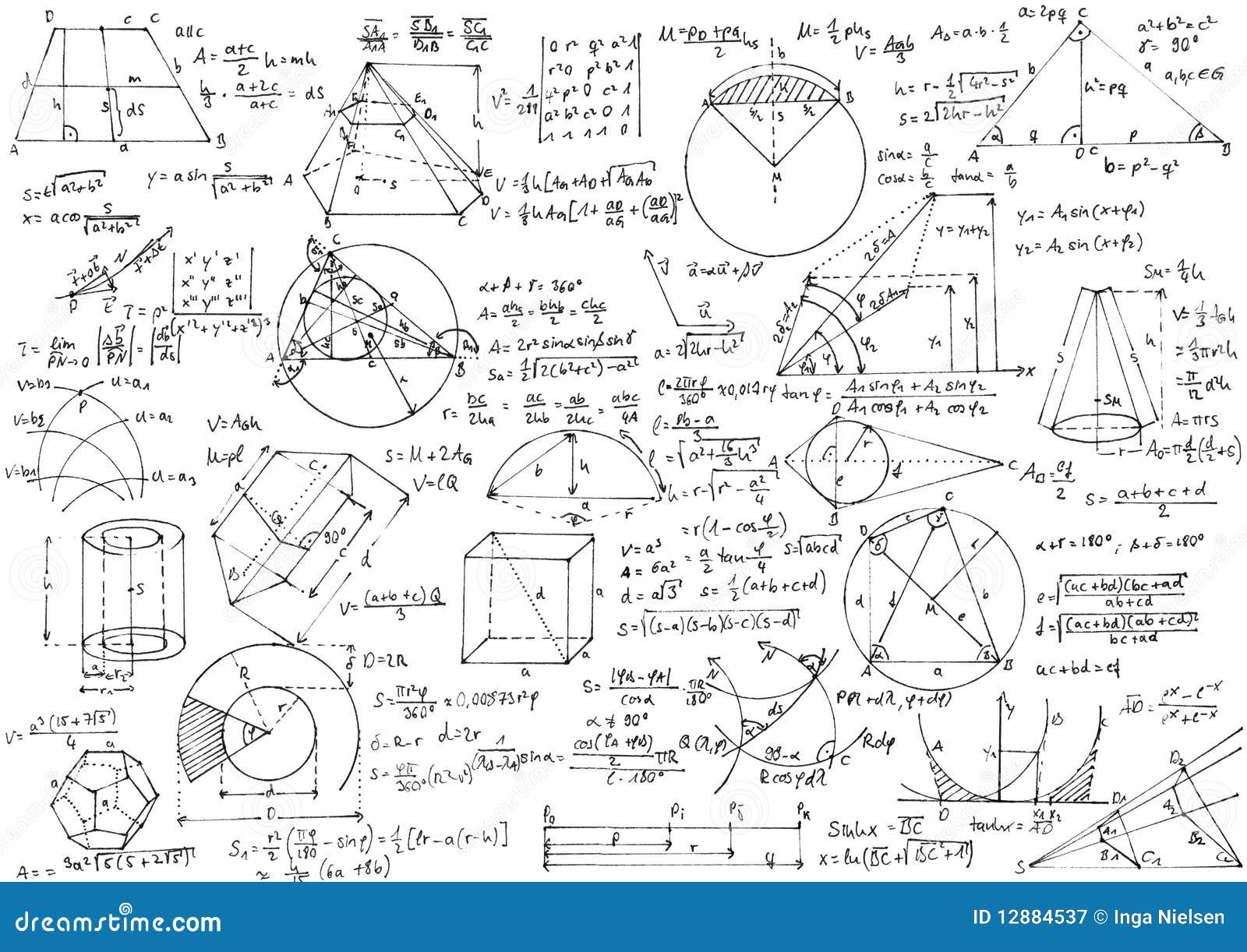This website shows the geometry and symmetry in ballet. Due to the fact that it’s a powerpoint, it doesn’t have much written information. However, I found the pictures to be quite useful. The website shows different positions and the geometry within them, as well as the different formations that require symmetry. It also demonstrated different choreography formations made up of lines and circles, as well as different body lines and shapes.



Even though this website didn’t have much-written information, I found the pictures to be quite helpful considering the fact that I am mainly a visual and kinesthetic learner. Another thing that was helpful to me was that every slide showed the original picture with an additional picture that had been outlined to show where the line of symmetry and shapes are found. This enabled me to understand what they are trying to show.






